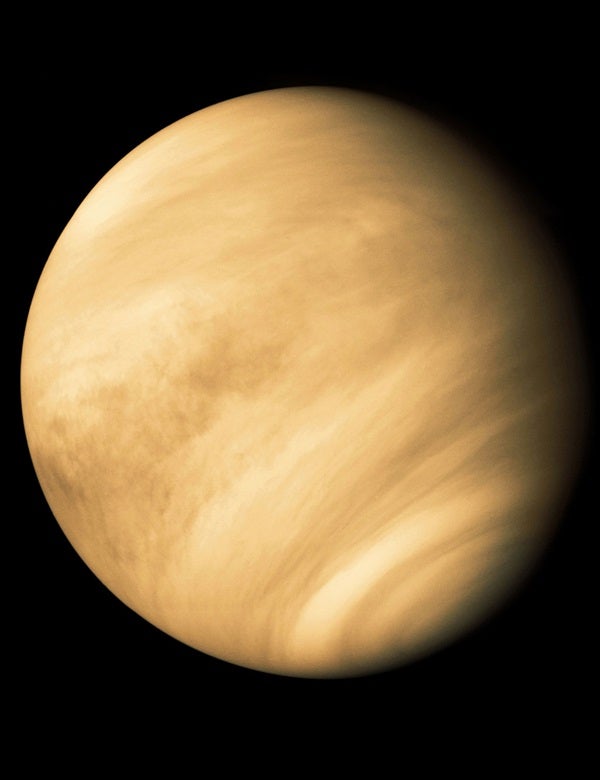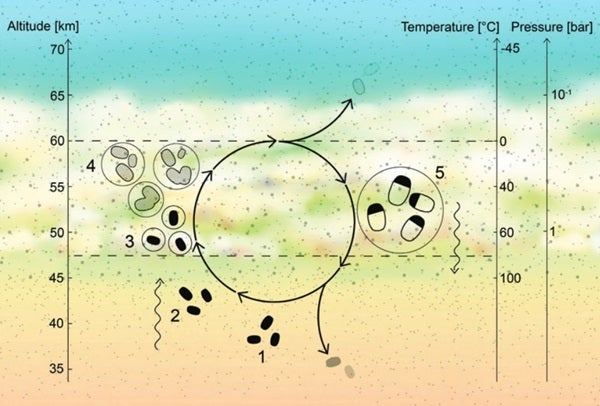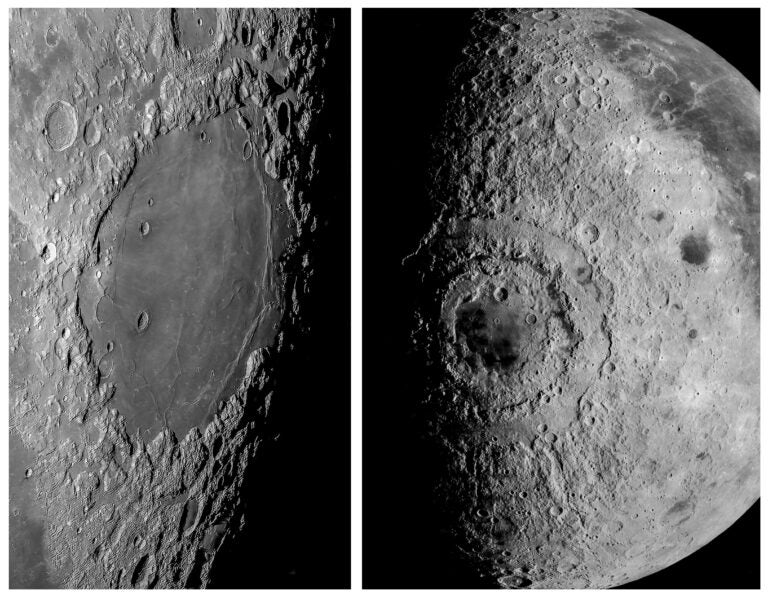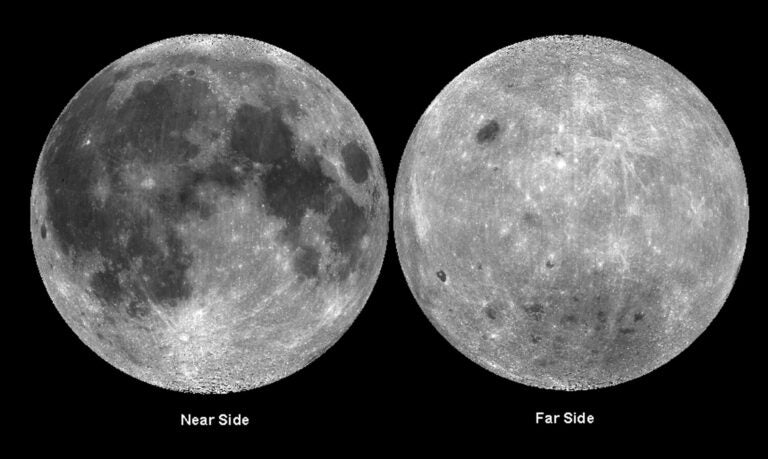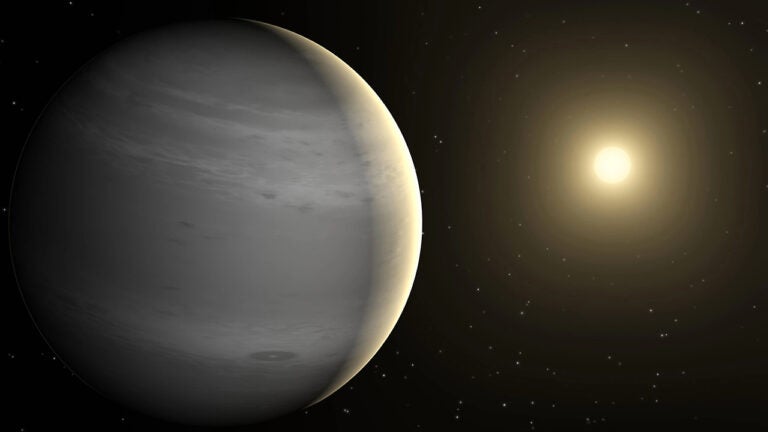Venus, with its sulfuric acid clouds and hellish surface temperatures, is often ignored as a potential abode for life. But some planetary scientists have suggested that atmosphere-dwelling microbes could survive in its lower cloud layers, possibly explaining Venus’ mysterious atmospheric phenomena. The cloud layers in question — hovering roughly 30 to 37 miles (48 to 60 kilometers) above Venus’ sweltering surface — feature arguably livable temperatures, nutrients, and even a bit of water dissolved inside droplets of sulfuric acid.
Now, a team led by Sara Seager, an astrophysicist at the Massachusetts Institute of Technology (MIT), proposes a hypothetical life cycle for how microbes might survive in Venus’ atmosphere. The researchers claim they are the first to hypothesize a specific mechanism by which organisms could persist in the venusian haze and cloud layers, rather than being rained down and destroyed by the fiery surface conditions below. The team outlines how venusian microbes could cycle through the different layers of the atmosphere, surviving the most extreme conditions by transitioning into a dormant state.
The new research was published August 13 in Astrobiology.
Microbes in the clouds of Venus
Cloud-borne microbes are not unprecedented in the solar system. “On our own Earth, we also have what we call an aerial biosphere,” Seager tells Astronomy. “[Microbes] from Earth get upswept and they float around. They get inside droplets and the wind carries them across entire continents and oceans.”
Seager explains that, over time, the water droplets housing microbes in Earth’s atmosphere condense, growing larger and heavier. And eventually, they fall down to the surface. But falling from Venus’ clouds would almost certainly be lethal to any microbes, as the planet’s blistering surface temperatures reach more than 860 degrees Fahrenheit (460 Celsius).
“So, the question we posed was, ‘Well, how does it live permanently in the clouds?” says Seager.
Co-author Janusz Petkowski, a research fellow at MIT, explains to Astronomy that the team’s hypothesis is that venusian life could exist in a metabolically active state — growing and reproducing — in sulfuric acid cloud droplets within the lower cloud layer. Over a period of a few months, the droplets themselves would grow in mass just like water droplets on Earth. Eventually, they would be large enough to ‘rain out’ of the lower clouds. And that means they would fall into Venus’s lower haze layer.
This haze layer, which stretches from 20 to 30 miles (33 to 48 km) above the surface, is much hotter than the clouds above it, with temperatures ranging from about 170 to 368 F (77 to 187 C). Seager’s team suggests that if the sulfuric acid droplets fall toward this hyper-heated haze layer, they would evaporate.
Without a droplet protecting the hypothetical microbes, they would then go through a metabolic transformation and enter a protective dormant state to survive the extreme heat and dehydration. These dormant microbes, which the researchers refer to as ‘spores,’ could then persist, suspended in Venus’ lower haze layer.
But they don’t stay there forever.
Eventually, Venus’ atmospheric updrafts would blow the spores back up into the planet’s temperate cloud layers, where they would be rehydrated, reviving them to an active state.
The proposed life cycle for microbes surviving in the acid clouds of Venus is seen in this illustration. (1) Dehydrated microbes survive in a vegetative state in Venus’ lower haze layer. (2) The spores are lifted by updrafts into the habitable cloud layer. (3) Once encapsulated by liquid, the spores become metabolically active. (4) These microbes divide, and the droplets grow through coagulation. (5) The droplets grow large enough that they sink through the atmosphere, where they begin to evaporate due to higher temperatures, prompting microbes to transform into spores that float in the lower haze layer.
Searching for microbes in the clouds of Venus
Like an aerial biosphere, the proposal that venusian microbes could enter a dormant state to survive harsh conditions has precedent on Earth. Tiny, segmented creatures called tardigrades have become famous for using this strategy to survive freezing, irradiation, and even the vacuum of space.
And while this life-in-the-clouds-of-Venus scenario remains hypothetical, “there’s a robust case to be made for thinking about [life on] the planets within our solar system…because we haven’t actually explored them as thoroughly as we’d like,” Sukrit Ranjan, co-author on the paper and postdoctoral fellow at MIT, tells Astronomy. “The possibility of life on Venus is a testable hypothesis. And, so, it’s worth thinking about whether it’s worth investing the resources to carry out that test.”
Dirk Schulze-Makuch, a professor at Technical University Berlin who was not involved in the research but studies habitability on Venus, says that one possible approach to looking for life in venusian clouds would be a fly-over mission, where a spacecraft travels through the lower cloud layers and sucks up samples. These could then be evaluated remotely to see if they contain any intriguing organic molecules.
“If we find organics on site, then … [we] say, okay, we actually have to look at this,” Schulze-Makuch tells Astronomy.
Want to learn more about our solar system’s innermost planets? Check out our free downloadable e-Book: Venus and Mercury: Hot, volatile planets.
If organics were discovered, researchers would then have a case for a sample return mission, wherein venusian cloud samples would be transported back to Earth for analysis with more sophisticated instruments. Such a mission would be costly, but it could be appealing if scientists become more convinced that life could exist on Venus.
Pondering how extraterrestrial organisms might function in an unearthly environment is vital to the search for life on other planets. But in their paper, Seager’s team offers a sobering counterpoint to the hypothesis of venusian life.
While acid-loving extremophiles, such as certain archaea species, are often propped up as examples of how life could survive on Venus, the team cautions that Venus’ cloud layer is far more acidic than any environment found on Earth. Plus, DNA, RNA, sugars, and proteins that are necessary for life on Earth are all destroyed by sulfuric acid.
So, if floating microbes exist on Venus — whether active or dormant — they are almost guaranteed to be remarkably alien.


